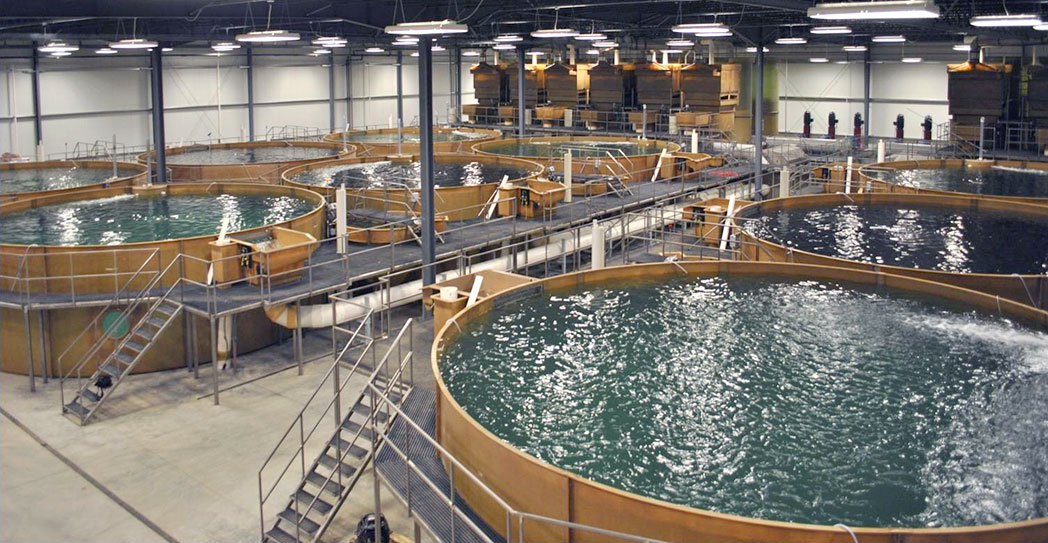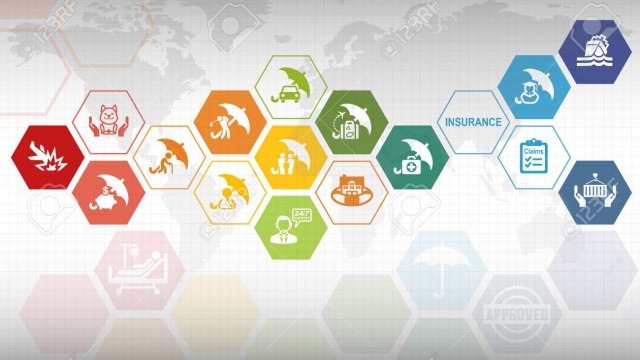
In recent years, the aquaculture industry has emerged as a vital component of global food production, providing a sustainable alternative to traditional fishing practices. As the world’s population continues to grow, the demand for seafood is increasing, spurring innovation and development in aquaculture technology. From advanced breeding techniques to automated feeding systems, these technologies are not only enhancing production efficiency but are also ensuring the health of aquatic ecosystems.
The Rokter serves as an authoritative hub for those looking to delve deeper into the world of aquaculture technology and sustainability. With a wealth of in-depth blog posts, industry resources, and a dedicated forum for professionals, it offers invaluable insights that can help navigate the rapidly evolving landscape of aquaculture. As we explore the future of this industry, it is essential to consider how technology can drive sustainable practices and foster a healthier blue economy.
Innovations in Aquaculture Technology
Aquaculture technology has seen remarkable advancements in recent years that are transforming how fish and seafood are cultivated. Innovative systems such as recirculating aquaculture systems (RAS) allow for sustainable fish farming by reusing water and minimizing waste. This technology not only enhances efficiency but also significantly reduces the environmental impact of fish farming, making it more sustainable for the future. With the ability to control water quality and environmental conditions, RAS provides an ideal habitat for fish, improving growth rates and overall health.
Another significant development in aquaculture is the rise of automation and IoT integration. Smart sensors and data analytics enable farmers to monitor various parameters in real-time, including water temperature, oxygen levels, and feeding efficiency. This technology streamlines operations and helps farmers make informed decisions to optimize productivity. The implementation of robotics for feeding and maintenance tasks further minimizes labor costs and enhances operational efficiency, ensuring a more productive aquaculture environment.
Additionally, biotechnology plays a crucial role in the future of aquaculture. Genetic improvements in fish species are being explored to enhance disease resistance and growth rates. These advancements not only increase yield but also reduce reliance on antibiotics and other chemicals, supporting a more sustainable approach to aquaculture. As researchers continue to develop sustainable practices utilizing biotechnology, the industry moves closer to addressing the global demand for seafood while minimizing its ecological footprint.
Sustainable Practices in Aquaculture
Sustainable practices in aquaculture are vital for ensuring that fish farming meets the growing global demand for seafood while minimizing environmental impacts. One significant approach is the use of recirculating aquaculture systems, which recycle water and nutrients, reducing the need for freshwater and decreasing waste discharge. These systems allow for greater control over the aquatic environment, leading to healthier fish and more efficient production.
Incorporating feed sustainability is another essential aspect of responsible aquaculture. As fish feed often comprises wild-caught fish and marine ingredients, researchers are now developing alternative feed sources, such as insect protein and plant-based ingredients. By utilizing these sustainable feeds, aquaculture can reduce its reliance on dwindling natural fish stocks, thus preserving marine ecosystems while still producing high-quality seafood.
Moreover, integrating aquaculture with other agricultural practices, such as agro-ecological methods, can enhance sustainability. For instance, aquaponics combines fish farming with plant cultivation in a symbiotic environment, where fish waste provides nutrients for plants, and in return, plants help filter and clean the water. This holistic approach not only promotes resource efficiency but also contributes to biodiversity, making aquaculture a vital player in sustainable food production systems.
Community Insights and Resources
The Rokter serves as a vital hub for aquaculture professionals seeking both knowledge and collaboration. By offering a dedicated forum, it fosters an environment where industry experts and newcomers alike can exchange ideas, share experiences, and discuss the latest innovations in aquaculture technology. This sense of community not only aids in problem-solving but also helps members stay informed on best practices and emerging trends within the sector.
In addition to the interactive forum, The Rokter provides a wealth of in-depth blog posts that cover a wide range of topics related to aquaculture technology and sustainability. These posts are meticulously researched and written by industry professionals, ensuring that the information is both reliable and applicable. Topics span from advancements in aquaculture equipment to sustainable farming practices, giving readers a comprehensive understanding of the landscape.
Furthermore, The Rokter offers access to valuable industry resources, including research articles, case studies, and white papers. These documents serve as essential reading for professionals looking to enhance their knowledge base and apply new techniques in their operations. By centralizing this information, The Rokter empowers the aquaculture community to leverage technology more effectively while promoting sustainable practices that benefit both the industry and the environment.
Future Trends in Aquaculture
As the demand for sustainable seafood continues to rise, aquaculture technology is evolving to enhance productivity while minimizing environmental impacts. Key innovations include the integration of advanced monitoring systems that utilize IoT devices for real-time data collection. These systems help farmers optimize feeding practices, track water quality, and monitor fish health, leading to improved yields and more efficient resource management.
Aquaculture is also embracing biotechnology to cultivate species that are resilient to climate change and disease. Genetic improvements through selective breeding and genome editing techniques are paving the way for stronger, faster-growing fish that can thrive in variable conditions. This approach not only boosts production but also contributes to sustainability by reducing the reliance on wild-caught stocks and promoting biodiversity.
Aquaculture biosecurity measures
Moreover, the rise of aquaponics is transforming traditional farming practices by combining aquaculture with hydroponics. This symbiotic relationship allows for the recycling of nutrients between fish and plants, creating a highly efficient food production system. As technologies advance and consumer awareness grows, aquaponics presents a promising avenue for future food security and sustainable agricultural practices in aquaculture.



